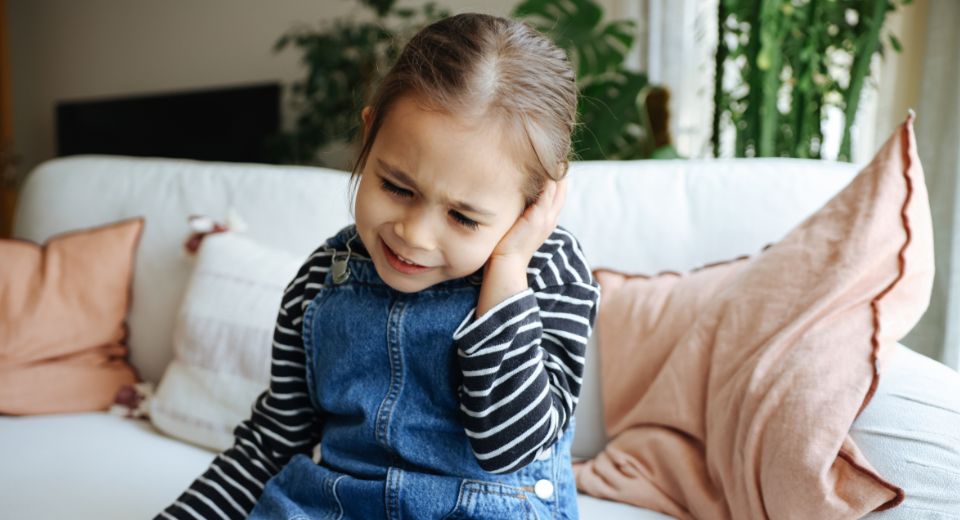
Author: Dr. Keni, CHOC Pediatrician
What is swimmer’s ear?
Otitis externa is commonly known as swimmer’s ear. It’s the inflammation (swelling and irritation) of the external ear canal. Swimmer’s ears are caused by fungi or bacteria. Water that remains trapped in the ear canal (when swimming, for example) may provide a source for the growth of bacteria and fungi.
Symptoms & Causes
What are the symptoms of swimmer’s ear?
There are several common symptoms of swimmer’s ear, though each child may experience symptoms differently. Symptoms may include:
- Redness of the outer ear
- Itching in the ear
- Pain, especially when touching or wiggling the ear lobe
- Drainage from the ear
- Swollen glands in the neck
- Swollen ear canal
- Conductive hearing loss
The symptoms of swimmer’s ear may resemble other medical conditions or problems. Always consult a healthcare provider for a diagnosis.
What causes swimmer’s ear?
Many different factors can increase your child’s chance of developing swimmer’s ear. As the name implies, one of the factors is excessive wetness as with swimming, although it can occur without swimming. Other possible causes include:
- Being in warm, humid places
- Harsh cleaning of the ear canal
- Trauma to the ear canal
- Dry ear canal skin
- Foreign body in the ear canal
- Lack of cerumen (ear wax)
- Eczema and other forms of dermatitis
Diagnosis & Treatments
How do we diagnose swimmer’s ear?
Swimmer’s ear may be diagnosed with a complete medical history and physical examination by your child’s healthcare provider. They may use an otoscope, a lighted instrument that helps to examine the ear and to aid in the diagnosis of ear disorders. This will help your child’s healthcare provider know if there is also an infection in the middle ear, called otitis media. Although this infection usually does not occur with swimmer’s ear, some children may have both types of infections.
How do we treat swimmer’s ear?
Swimmer’s ear, when properly treated by a healthcare provider, usually clears up within seven to 10 days. Specific treatment for otitis externa will be determined by your child’s provider based on:
- Your child’s age, overall health, and medical history
- Extent of the condition
- Your child’s tolerance for specific medications, procedures, or therapies
- Expectations for the course of the condition
- Your opinion or preference
Treatment may include:
- Antibiotic ear drops
- Steroid ear drops (to help decrease the swelling)
- Pain medication
- Keeping the ear dry, as directed by your child’s healthcare provider
- In severe cases, an otolaryngologist may place a special piece of cotton, called an ear wick, within the ear canal to help antibiotic drops reach the eardrum.
How can I help my child prevent swimmer’s ear?
The following are some tips to help prevent swimmer’s ear:
- Protect your child’s ear canals from water during swimming and bathing. This can be done using cotton balls coated in Vaseline or with ear plugs.
- Do not aggressively clean your child’s ear canal with Q-tips and avoid other potentially harmful objects like bobby pins.
The information provided is for general interest only and should not be misconstrued as a diagnosis, prognosis or treatment recommendation. This information does not in any way constitute the practice of medicine, or any other health care profession. Readers are directed to consult their health care provider regarding their specific health situation. Marque Medical is not liable for any action taken by a reader based upon this information.

